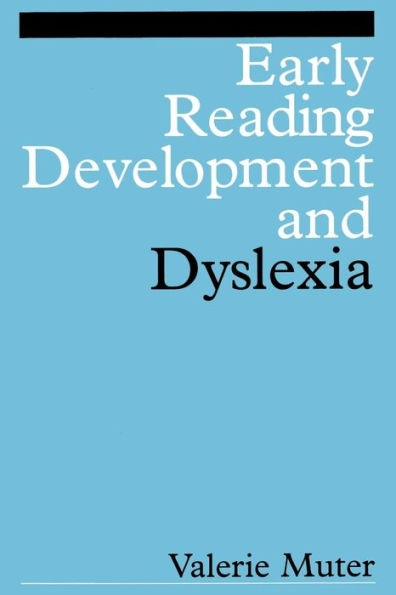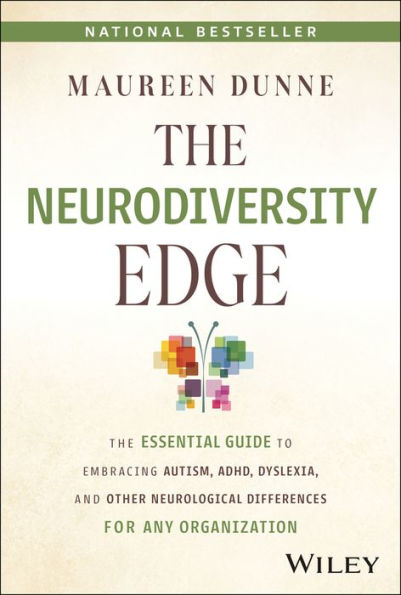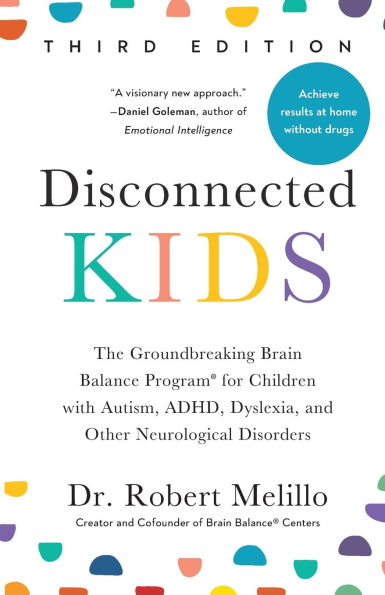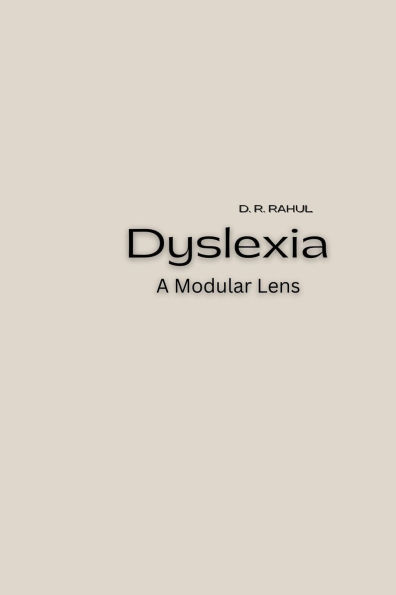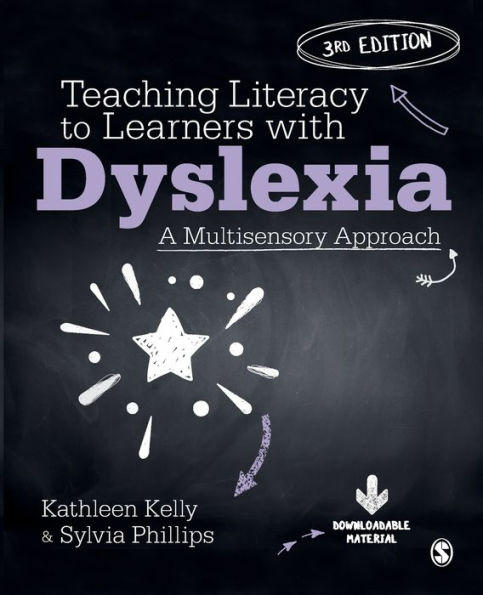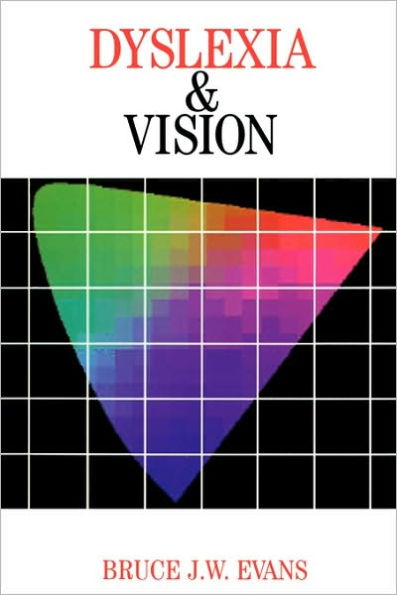Home
The Development of Dyslexia and other SpLDs
Barnes and Noble
The Development of Dyslexia and other SpLDs
Current price: $180.00
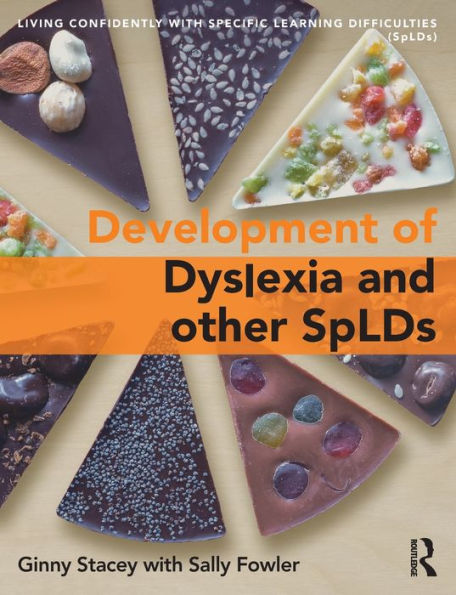

Barnes and Noble
The Development of Dyslexia and other SpLDs
Current price: $180.00
Size: Hardcover
Loading Inventory...
*Product information may vary - to confirm product availability, pricing, shipping and return information please contact Barnes and Noble
Development of Dyslexia and Other SpLDs is the fourth book in the series Living Confidently with Specific Learning Difficulties (SpLDs). This book is about the persistence of dyslexia and specific learning difficulties (SpLD) into adulthood. It pulls together experiences of many dyslexic/SpLD people.
The book is written with non-linear readers in mind: those who need to move about a book picking up ideas that are currently relevant to them; a style that suits many dyslexic/SpLD readers.
The book gives a framework for understanding the wide-ranging experiences of dyslexic/SpLD adults. With the greater understanding, there should be better help for:
• adults who still have no strategies for dealing with dyslexic/ SpLD problems
• children who have some skills but not at the level of their overall intelligence
• young children who show the first signs of difficulties
• dyslexic/SpLD children in mainstream schools.
A new paradigm is proposed whereby all teaching programmes utilise each learner’s learning strengths - catering for dyslexic and SpLD adults and children involves vital teaching and learning approaches that are good practice for all.
The book is written with non-linear readers in mind: those who need to move about a book picking up ideas that are currently relevant to them; a style that suits many dyslexic/SpLD readers.
The book gives a framework for understanding the wide-ranging experiences of dyslexic/SpLD adults. With the greater understanding, there should be better help for:
• adults who still have no strategies for dealing with dyslexic/ SpLD problems
• children who have some skills but not at the level of their overall intelligence
• young children who show the first signs of difficulties
• dyslexic/SpLD children in mainstream schools.
A new paradigm is proposed whereby all teaching programmes utilise each learner’s learning strengths - catering for dyslexic and SpLD adults and children involves vital teaching and learning approaches that are good practice for all.

